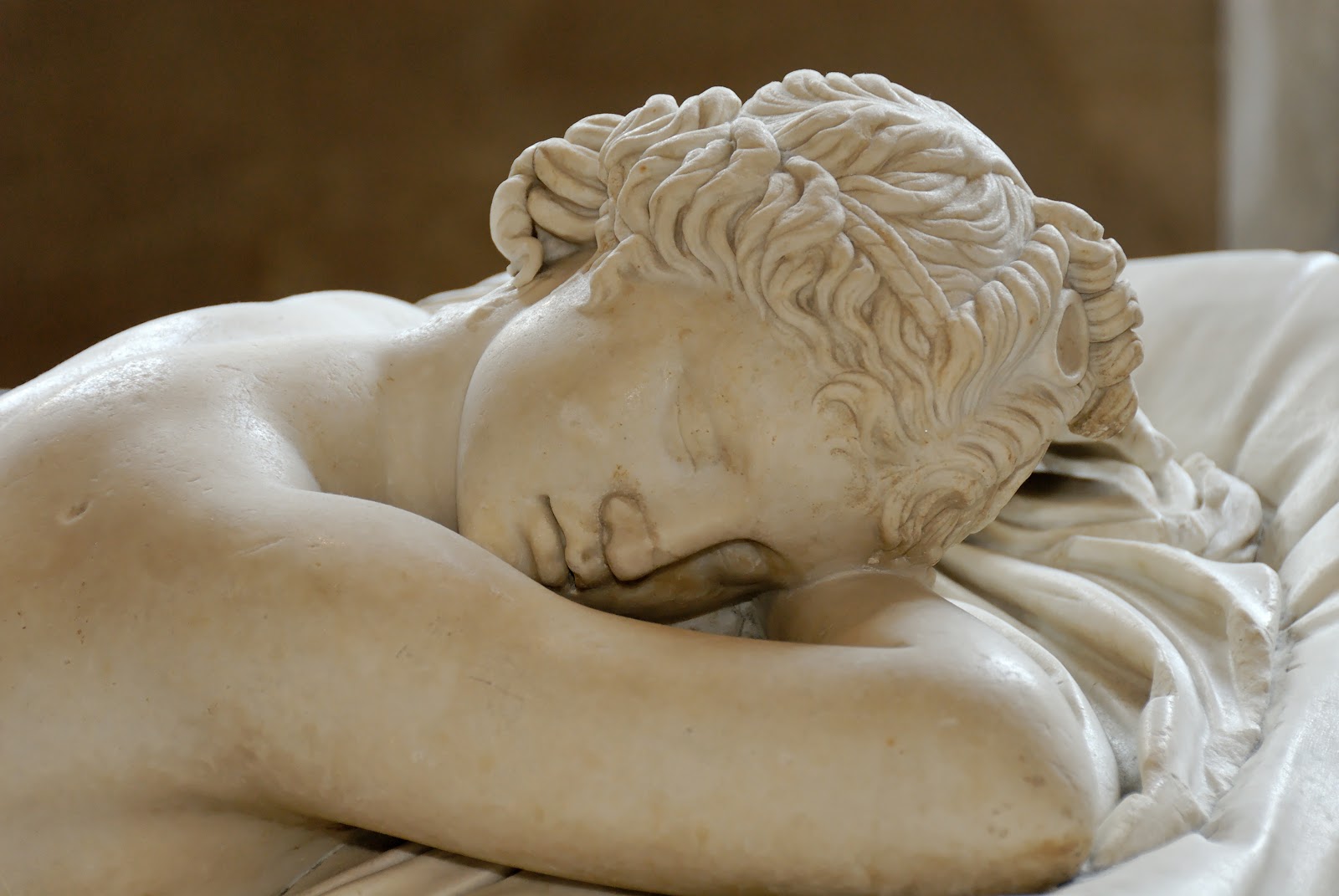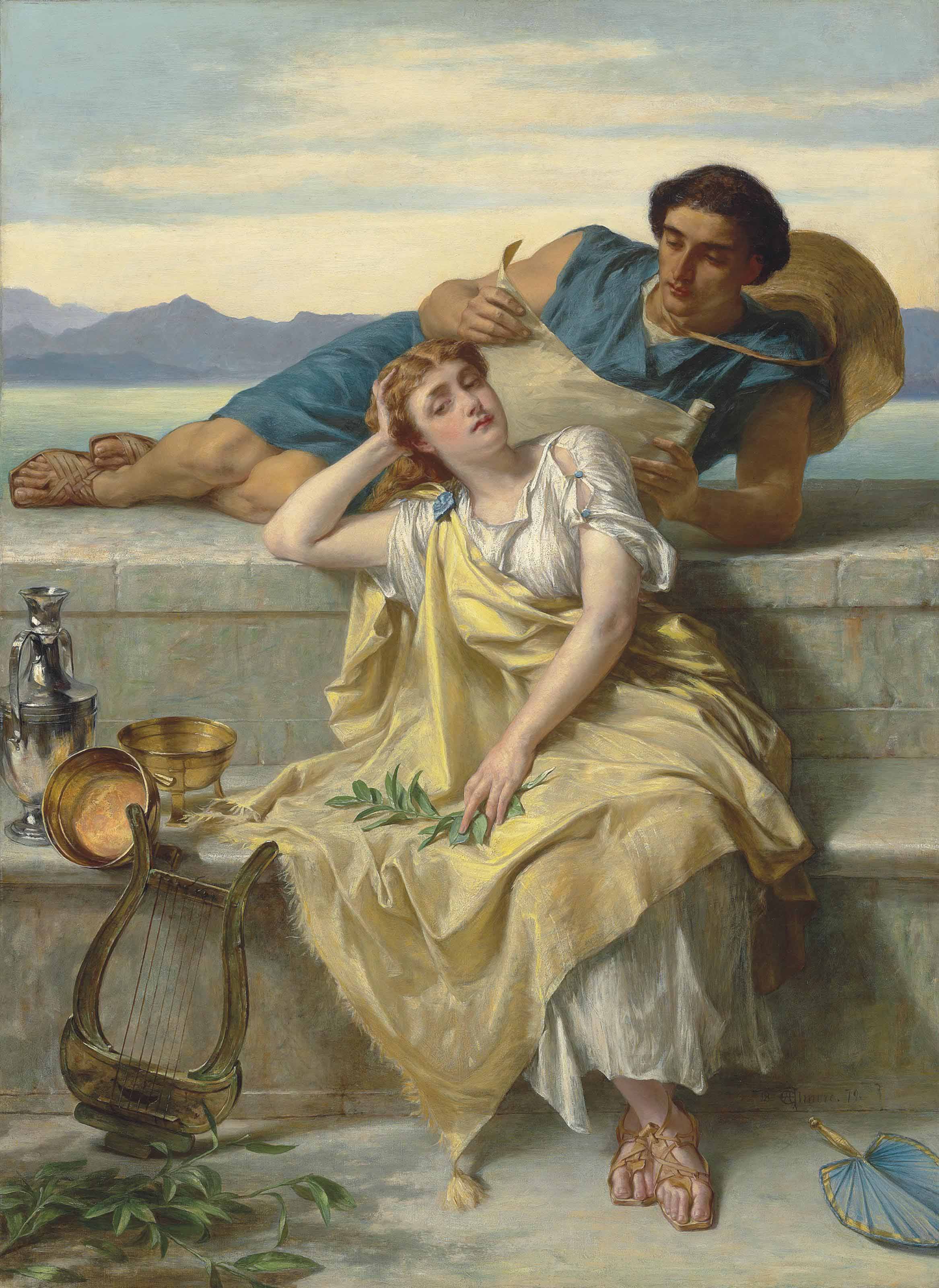The ambivalence and voluptuous curves of this figure of Hermaphroditus, who lies asleep on a mattress sculpted by Bernini, are still a source of fascination today.
His body merged with that of the nymph Salmacis, whose advances he had rejected, Hermaphroditus, son of Hermes and Aphrodite, is represented as a bisexed figure.
The original that inspired this figure would have dated from the 2nd century BC, reflecting the late Hellenistic taste for the theatrical.
Department of Greek, Etruscan and Roman Antiquities: Hellenistic Art (3rd-1st centuries BC) Greek, Etruscan and Roman Antiquities - Musée du Louvre.




















